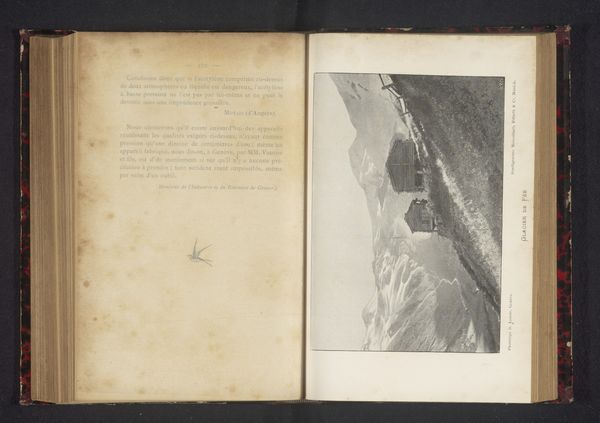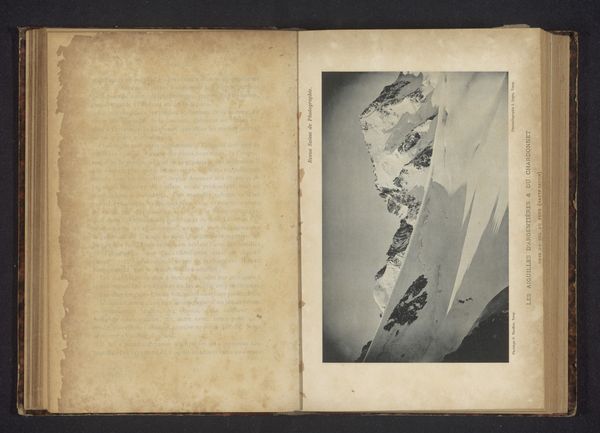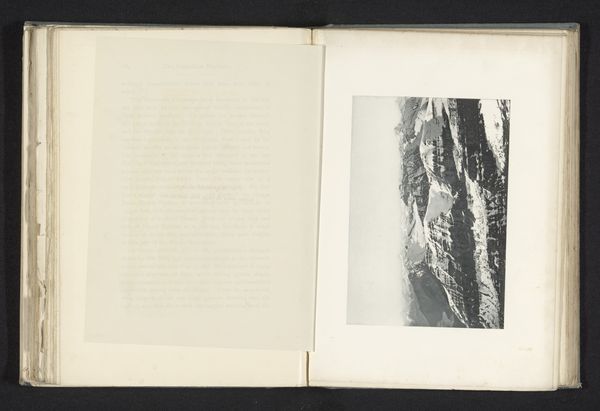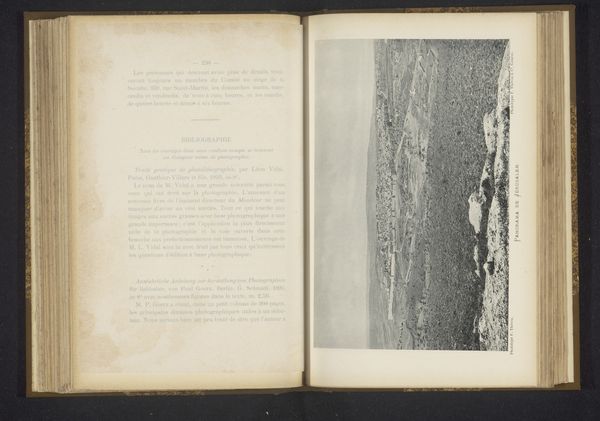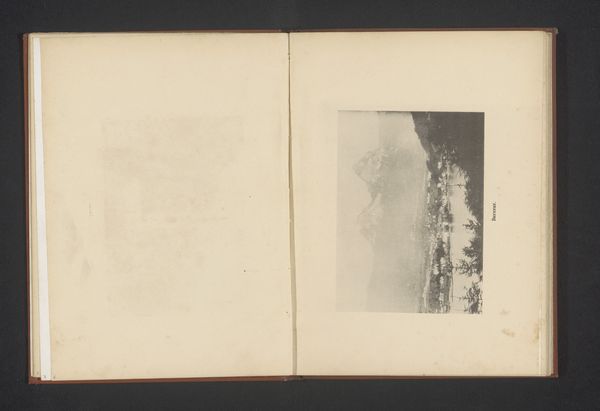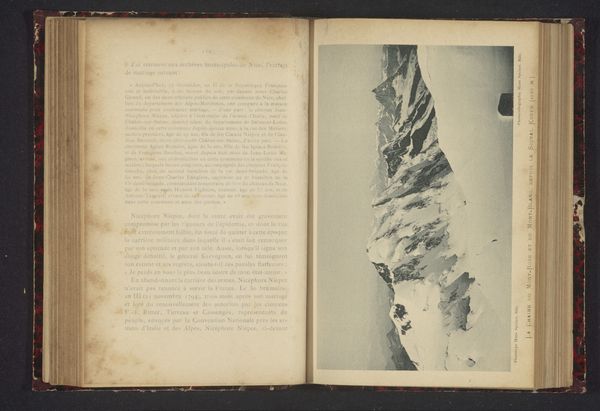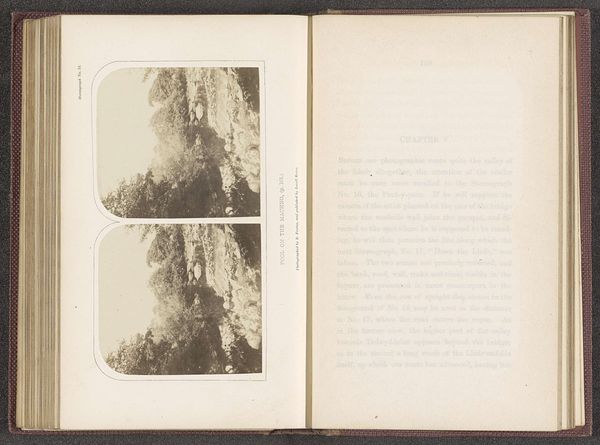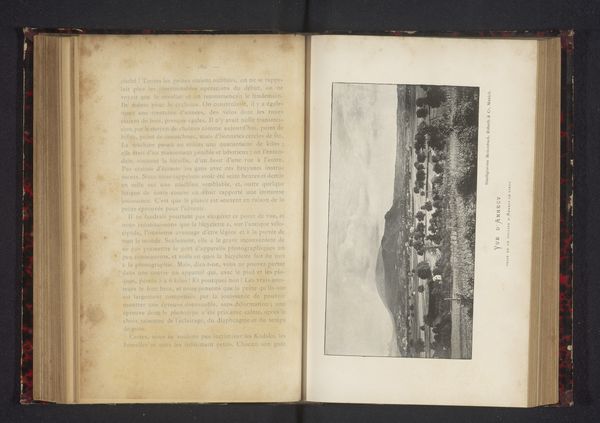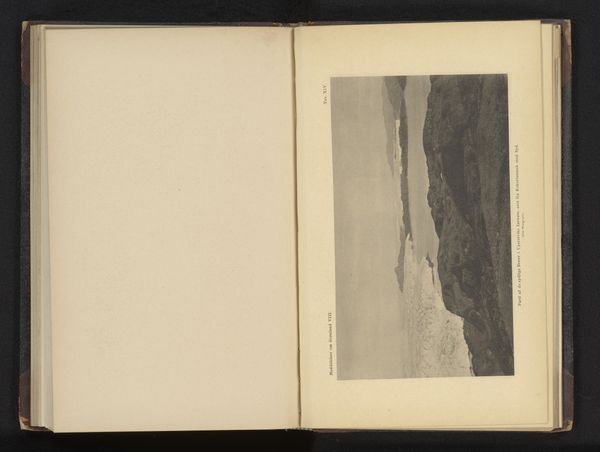
print, photography
#
pictorialism
# print
#
landscape
#
photography
#
coloured pencil
#
watercolor
#
realism
Dimensions: height 120 mm, width 185 mm
Copyright: Rijks Museum: Open Domain
Curator: Here we have "Opslaande golf tegen een rots," or "Breaking Wave Against a Rock," a print made before 1894. What's your initial take? Editor: A striking composition, definitely dramatic! The stark contrast between the white water and the dark rock creates an immediate sense of force and energy. Curator: It's interesting to consider the social context of pictorialist photography at this time. This approach was championed by those seeking to elevate photography to the level of fine art. By employing soft focus and manipulating prints, they wanted to show that photographs were crafted, and not simply documents. Editor: I can certainly see that aspiration in the image's delicate tones. Notice the careful layering of grays and whites. It feels like a painting but obviously not. The texture is crucial. The granularity adds a layer of visual complexity, pushing beyond mere representation. Curator: Yes, that is an aspect I appreciate very much, the integration of industrial materials and new technology into an aesthetic project. Who would have conceived photography to be so artistic at this time? Sellier surely felt compelled to push the technical process to communicate this emotional scene of landscape. Editor: There's a dynamic tension here. On the one hand, we see a powerful force of nature immortalized. The formal structure lends a monumental quality, transforming a fleeting moment into something timeless and imposing. Curator: Right, because we can also ask, what work, and what labor was used to get here, to this image, to be consumed this way. What statements are being said of man vs. nature and how is that depicted using the artist's production. Editor: Precisely. That’s a great point—the print's tonal range works almost symbolically, conveying both the fragility and immense power present in the depicted wave, through the print itself. It is striking to witness. Curator: Indeed, contemplating this print reminds us of how artists engage with materials to express profound ideas. Editor: And how a study in contrast and texture can translate the experience of standing at the water's edge in an unexpectedly dramatic way.
Comments
No comments
Be the first to comment and join the conversation on the ultimate creative platform.


